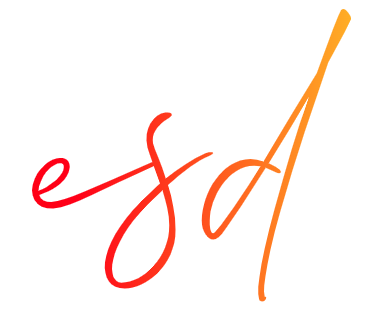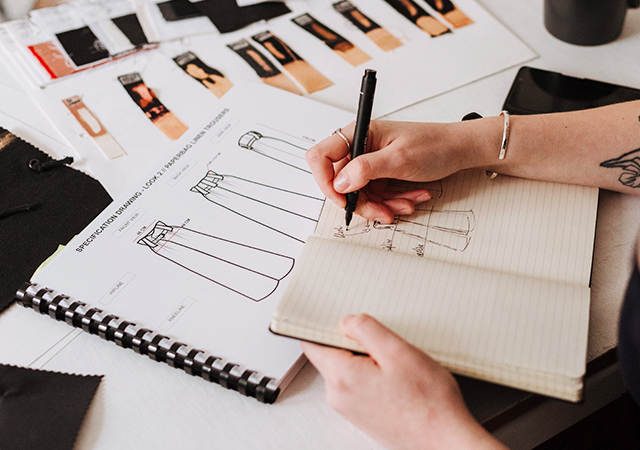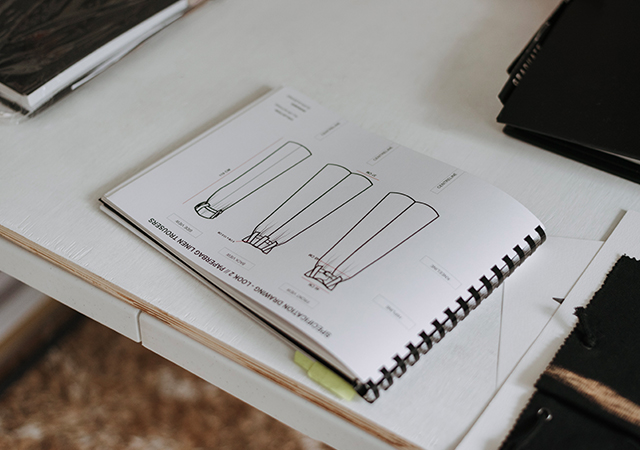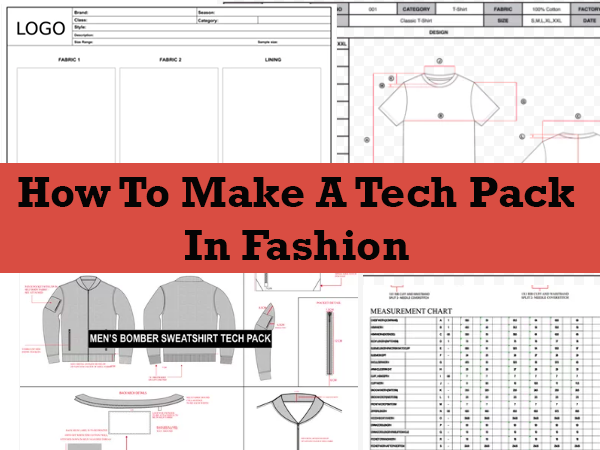What is a Tech Pack in Fashion? Your need to know guide.
In the dynamic world of fashion, where creativity knows no bounds, the journey from a designer’s vision to a tangible garment is a complex and intricate process. This is where the hero of the fashion industry steps in – the fashion tech pack.
Imagine it as a bridge that connects the artistry of fashion design with the technical precision of garment production. In this article, we’ll journey to understand the power and significance of fashion tech packs, exploring their role as the ultimate blueprint for bringing design concepts to life.
What is a Tech Pack?
At its core, a fashion tech pack is a comprehensive document that plays an indispensable role in the apparel product development process. It’s the compass that guides a designer’s vision through the maze of garment construction. A tech pack doesn’t merely describe a garment; it brings it to life through highly detailed specifications.
The Art of Translation: From Sketch to Spec
Picture this: a designer’s creative imagination takes shape as a technical drawing, often referred to as a flat sketch. This intricate sketch captures every design detail, from the graceful arc of a collar to the strategic placement of buttons.
These sketches serve as the visual language that bridges the gap between creativity and technical execution. A single flat sketch may tell a thousand tales about design details, but it’s the tech pack that adds depth and precision to the narrative.
Blueprint for Precision: The Anatomy of a Tech Pack
A tech pack includes several key components that collectively form a meticulous garment specification. The measurement specification sheet ensures that every stitch and seam aligns perfectly, delivering accuracy in garment construction.
The bill of materials (BOM), often likened to a recipe, lists every ingredient required to craft the garment – fabrics, trims, labels, and more. This structured approach streamlines production, ensuring the right materials are sourced for consistent quality.
Key Components of a Fashion Tech Pack
1. Technical Sketches
Imagine being able to peer into the designer’s mind and witness the garment from every angle before it’s even stitched together. That’s precisely what technical sketches, or fashion flats, offer. These intricate drawings transcend traditional artistry, transforming into visual blueprints for skilled artisans to follow.
A tech pack’s technical sketches are more than mere representations; they are detailed maps that guide the garment’s creation. From front to back, sides to inside labels, each view is meticulously drafted to ensure that no design nuance is overlooked. This comprehensive approach empowers manufacturers to interpret the design with unparalleled accuracy, translating lines and curves into actual stitches and seams.
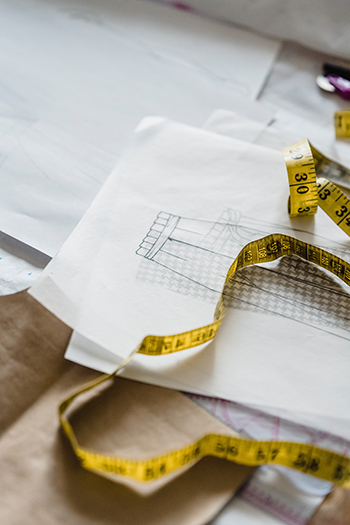
2. Measurement Specification Sheet
In the realm of garment creation, precision is paramount. Enter the measurement specification sheet, a document that reads like a meticulous code of construction. This sheet outlines the exact measurements for every component of the garment, from collars to cuffs and everything in between.
Think of it as a tailor’s manual, ensuring that each stitch adheres to the prescribed measurements. This precision isn’t just about fit; it’s about creating a harmonious ensemble where every element aligns seamlessly. Designers adhere to these measurements with the same dedication a composer follows musical notes, resulting in a harmonious visual symphony.
3. Bill of Materials (BOM)
Behind every stunning garment, there’s a well-orchestrated ensemble of fabrics, trims, closures, and labels that come together to create a unified whole. This ensemble is meticulously documented in the bill of materials, often described as the garment’s recipe. Just as a chef relies on carefully listed ingredients, a fashion brand relies on a precise BOM for consistency.
The BOM is more than a list; it’s a roadmap to quality. Every material chosen plays a pivotal role in the garment’s integrity, longevity, and aesthetics. The main fabric, secondary fabric (lining), thread, trims, closures, labels, and packaging – each ingredient carries a piece of the garment’s story. Designers and manufacturers collaborate to ensure that the chosen materials align with the desired vision, resulting in a cohesive masterpiece.
4. Colourways of Garments
While not always a standard component, the inclusion of colourways or a range plan within a tech pack amplifies its value exponentially. This section showcases various color variations of the same design, opening a canvas of possibilities. Just as a painter explores a multitude of hues to evoke different emotions, a fashion designer can convey diverse narratives through varied color palettes.
In the world of fashion, a single design can embrace multiple personalities through color. The inclusion of colourways in a tech pack provides manufacturers with a panoramic view of design versatility. It aids in fabric sourcing, clarifies production expectations, and captures the essence of the garment’s adaptability.
If you’re new to fashion tech packs, consider enlisting the expertise of a freelance technical designer. They bring their know-how to the table, ensuring your tech pack captures every vital detail.
Creating Effective Technical Sketches: Bridging Imagination and Reality

Translating Creativity: The Magic of Technical Sketches
Picture a blank canvas transformed into a masterpiece stroke by stroke. Similarly, a fashion flat transforms a design idea into a tangible plan. These meticulously crafted sketches offer a visual language that bridges the creative imagination of the designer with the precision required for production.
A single technical sketch encapsulates the essence of the design. From the graceful fall of a neckline to the strategic placement of buttons, every detail finds its place. The marriage of aesthetics and functionality is embodied in these sketches, guiding manufacturers through the construction process.
Guidelines for Effective Technical Sketches
Creating technical sketches that communicate with clarity requires finesse. Here are some guidelines to ensure your sketches are as effective as they are expressive:
- Multidimensional Views: Illuminate your design from all angles – front, back, sides, and even inside labels. These perspectives provide a holistic view of the garment’s structure, aiding manufacturers in understanding every aspect.
- Delve into Detail: Leave no stone unturned. Detail every seam, stitch, and button. These details might seem minor, but they are the building blocks of accurate garment construction.
- Simplicity and Precision: Simplicity is the ultimate sophistication, and in technical sketches, it’s a golden rule. Use plain black and white sketches to focus on design lines and details. Avoid shading to ensure clarity.
- Clarity through Annotation: Sometimes, what’s obvious to the designer might not be as apparent to the manufacturer. Use annotations to highlight crucial design elements, from collars to fastenings. Arrows, labels, and callouts clarify complexities.
Precision through Measurement Specification Sheets
The Role of Measurement Specification Sheets
Think of a measurement specification sheet as the guardian of perfection. This document dives deep into the numerical realm, offering a meticulously crafted set of measurements that serve as a blueprint for construction. From shoulder widths to hem lengths, every detail is calculated with mathematical precision.
The role of these measurements goes beyond mere aesthetics. While a well-fitting garment is a visual delight, it’s also a testament to functionality. Seamlessly aligned measurements ensure that the garment drapes beautifully, providing comfort and confidence to the wearer.
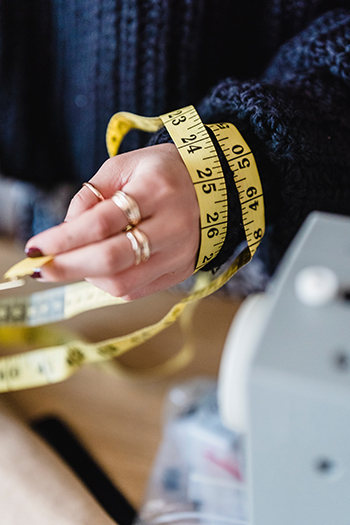
The Harmony of Design Elements
Imagine a symphony without a conductor – it might still produce sounds, but it lacks the synchronicity that elevates it to art. Similarly, a garment without precise measurements is a mere assortment of fabric. The measurement specification sheet serves as the conductor, ensuring that every element is in harmony.
Designers meticulously transfer their vision onto paper through sketches, and the measurement specification sheet breathes life into these sketches. It’s the piece that completes the puzzle, ensuring that seams align, collars fall just right, and cuffs hug wrists. It ensures the garments are of a high enough standard to be sold to consumers.
Guidelines for Crafting Measurement Specification Sheets
Creating a comprehensive and effective measurement specification sheet requires attention to detail and clarity. Here are some guidelines to ensure your specifications resonate with precision:
- Every Inch Matters: Leave no measurement unattended. Include measurements for every component – length, width, circumference, and beyond. Even the tiniest measurement contributes to the garment’s overall fit.
- Consistency is Key: Maintain consistency in units of measurement. This might seem trivial, but it’s crucial for accuracy during production.
- Clarity through Diagrams: Sometimes, numbers alone might not convey the complete picture. Use diagrams and illustrations to clarify complex measurements, such as necklines and pleats.
- Collaboration with Technical Designers: Technical designers play a crucial role in translating design into production. Collaborate with them to ensure that the measurements align with the intended design.
Production with the Bill of Materials (BOM)
In the intricate ballet of garment creation, every move matters. Enter the bill of materials (BOM) – a meticulously curated list that harmonizes materials to craft excellence. This document, often referred to as the “recipe” of fashion, is the compass that guides manufacturers through the labyrinth of sourcing and production.
Materializing the Vision
A fashion tech pack without a well-defined BOM could lead to confusion and inconsistency during production. The BOM isn’t just a list; it’s a narrative. Each component listed – main fabric, lining, thread, trims, closures, labels – plays a role in the garment’s character. It’s not just about creating a garment; it’s about creating an experience that aligns with the designer’s vision.
Three Pillars of the Bill of Materials
Determining Costs and Prices: In the intricate world of fashion, every choice has a cost. The BOM helps designers and fashion brands evaluate costs and set prices that align with market expectations. It’s a strategic tool that bridges creativity with commerce.Avoiding Component Omissions: Imagine the distress of baking a cake only to realize you forgot the essential ingredient. The BOM ensures that no component is overlooked. It’s a safeguard against overlooking minor yet critical elements that contribute to a garment’s integrity.Standardizing Manufacturing for Quality: Just as a recipe’s ingredients impact taste, a garment’s materials impact quality. The BOM ensures that materials are consistent, ensuring each batch of garments meets the same high standard. It’s the cornerstone of quality control.
For more information on how to make a fashion tech pack, check out my other post – How to make a tech pack in fashion
The Future of Fashion Tech Packs: Evolving Blueprints
As the fashion industry dances to the rhythm of change, the role of fashion tech packs stands resolute – a steadfast guide in a dynamic landscape. Looking ahead, the evolution of tech packs promises to intertwine tradition with innovation, ensuring their relevance remains unwavering.
Safeguarding Standards in a Technological Era
In a world brimming with technological advancements, the timeless importance of fashion tech packs remains unshaken. These blueprints of garment creation continue to provide the benchmark for precision, acting as a bridge between imagination and reality.
As technology weaves its magic into various aspects of the fashion industry, tech packs are poised to embrace these changes, integrating seamlessly into new methodologies and tools.
Emerging Trends and Collaborative Possibilities

The emergence AI generated digital fashion and of software solutions designed to simplify the tech pack process signals a new era of efficiency. These tools streamline communication between designers and manufacturers, enhancing the clarity and accuracy of instructions. However, amidst this transformation, the core essence of a tech pack – clarity, precision, and collaboration – remains steadfast.
The fashion tech pack’s journey isn’t a solitary one; it thrives within a collaborative ecosystem. Designers, technical experts, and manufacturers continue to unite their skills to create garments that mirror artistic vision with technical prowess.
As the fashion industry continues to embrace sustainability and customization, tech packs will undoubtedly adapt to accommodate these evolving priorities.
